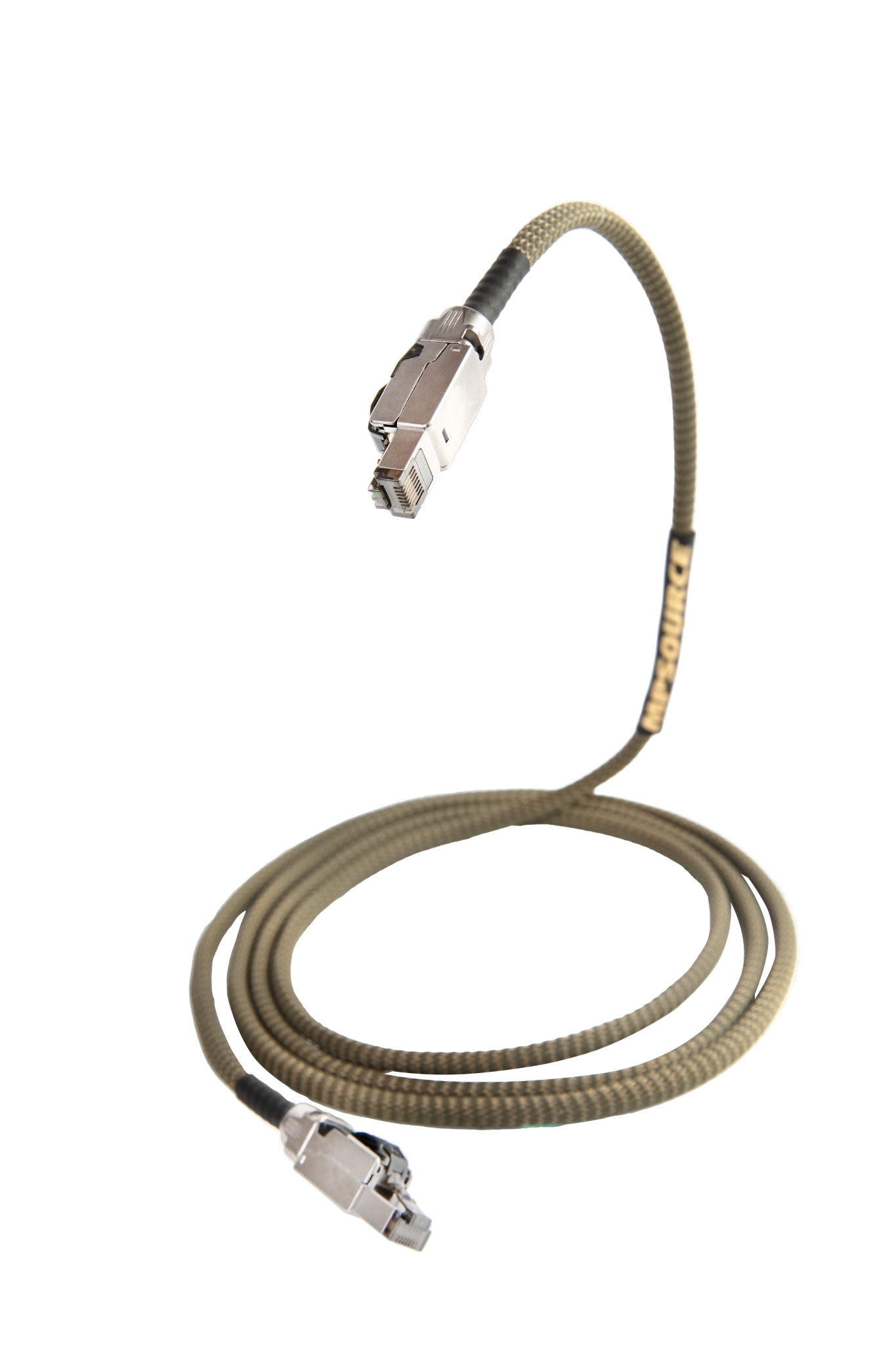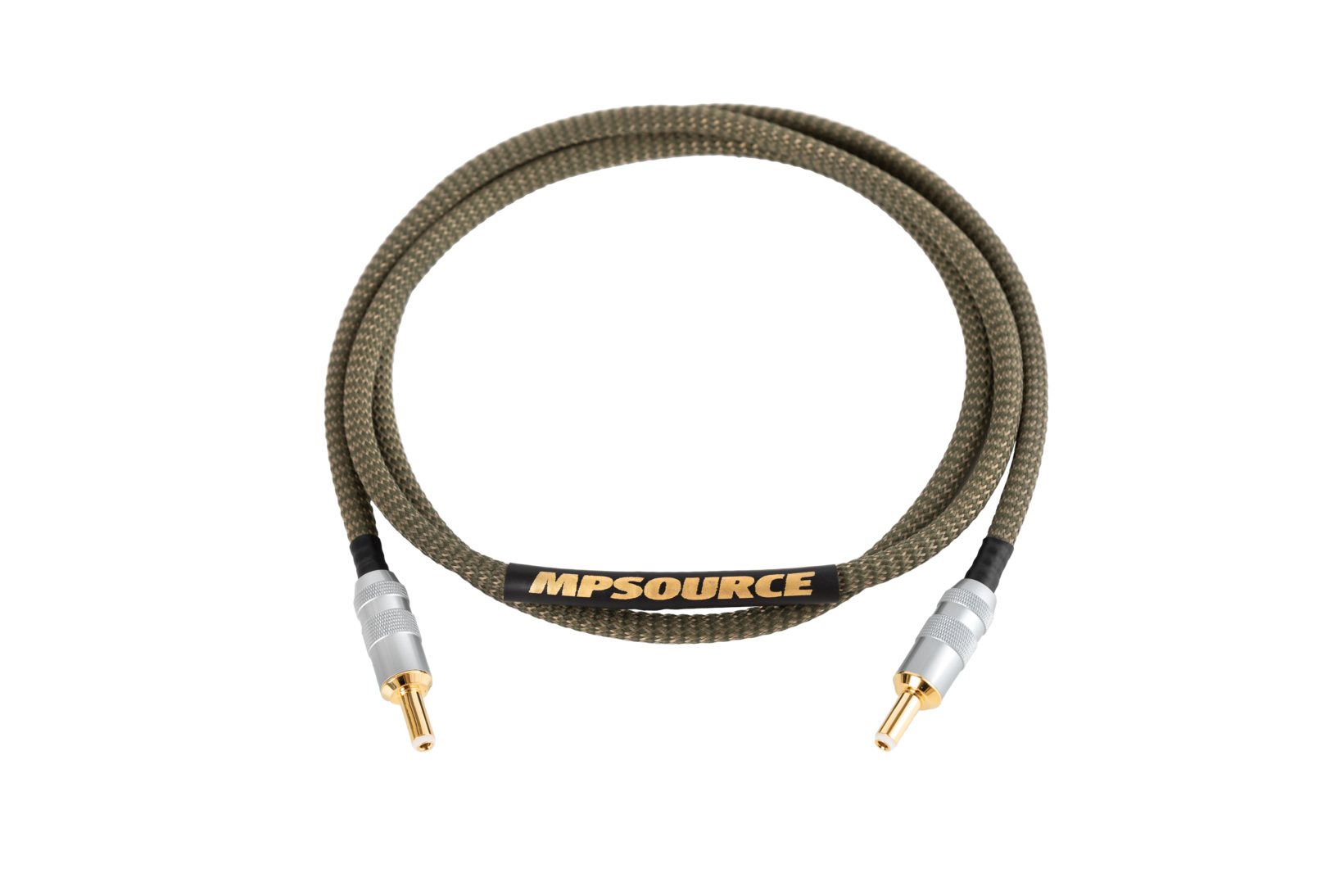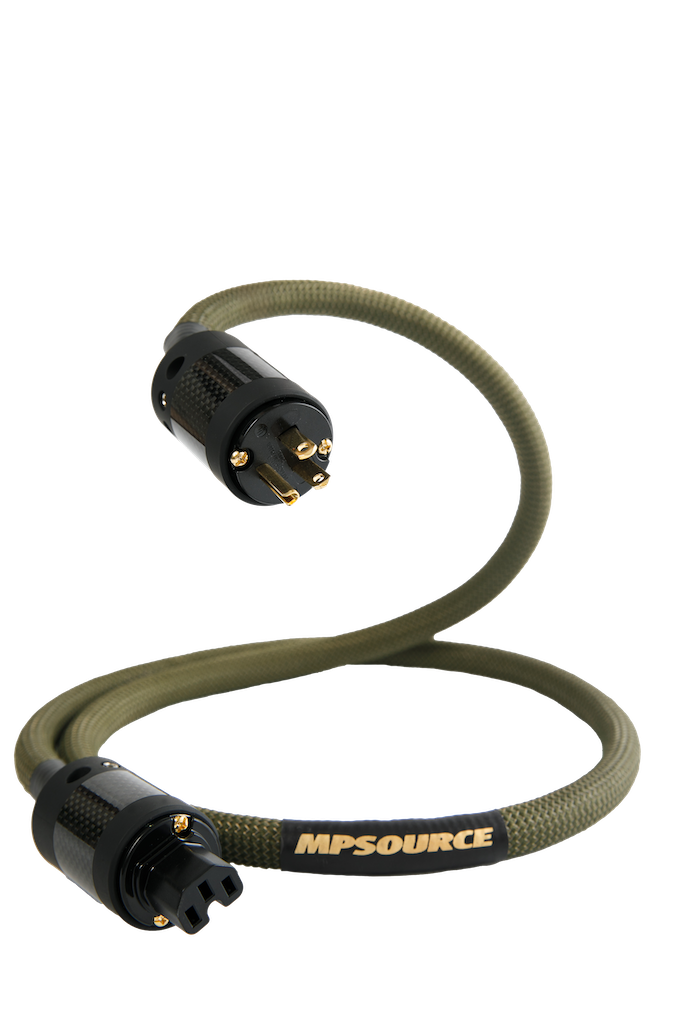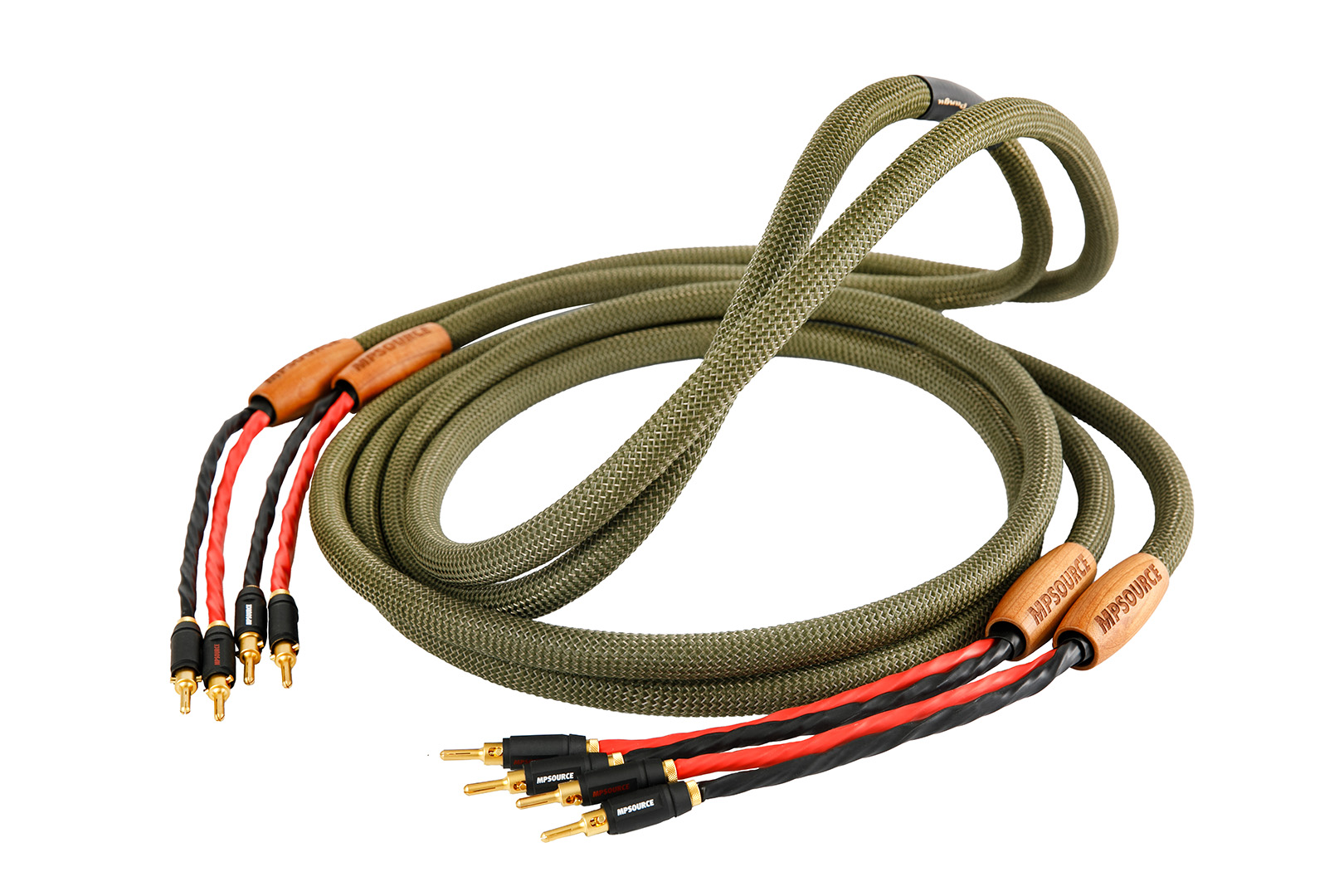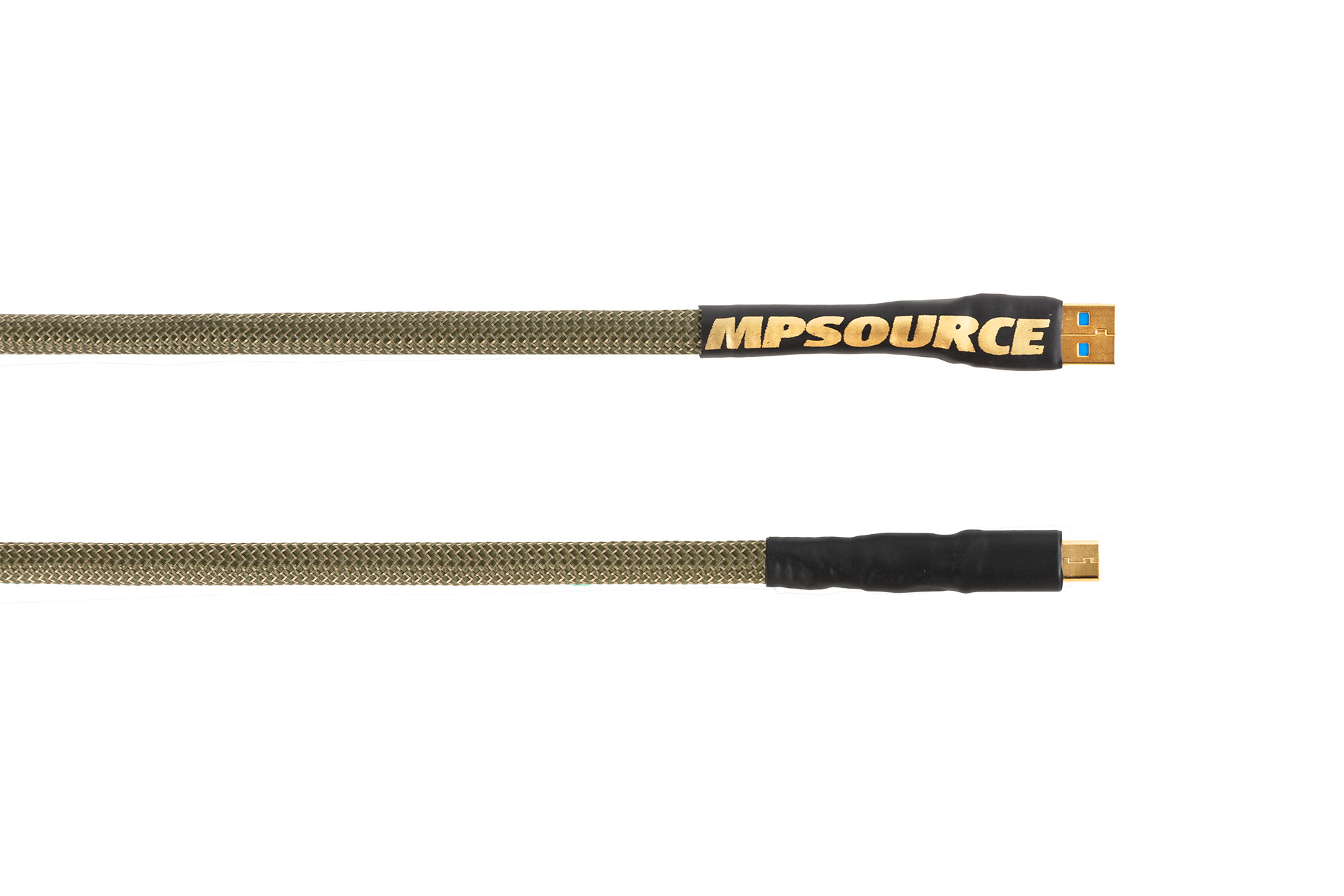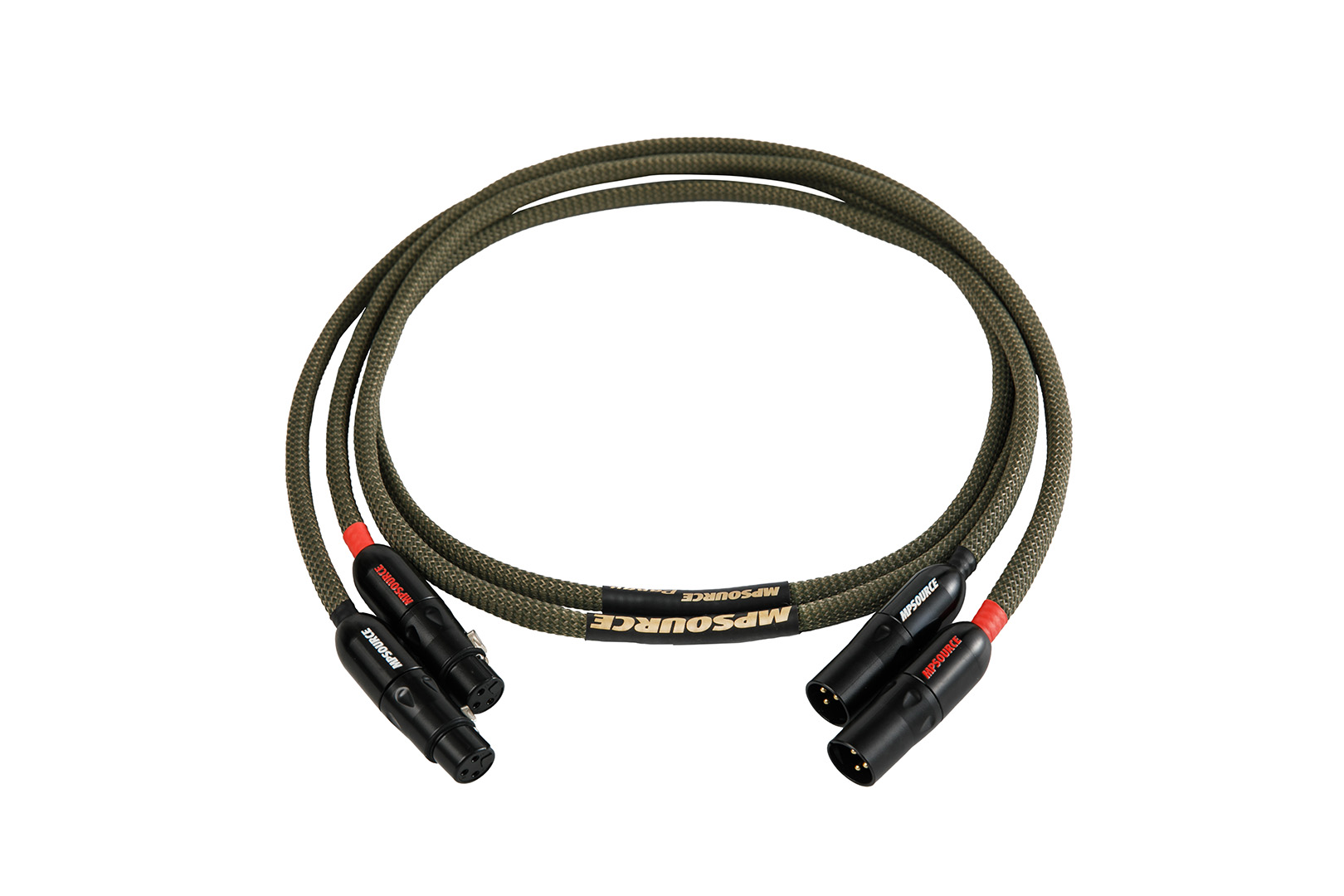PanguWeb(5M)
PanguWeb(5M)
Related Products
MPSOURCE Pangu Network Cable
Difference Between Audiophile and Standard Network Cables
The biggest difference between audiophile-grade network cables and standard network cables lies in their purpose. Standard network cables aim to transmit data accurately while meeting specified transmission speeds. However, for audiophile-grade cables, transmission speed is not the primary evaluation criterion—sound quality is.
In fact, traditional CAT-5e cables are sufficient for music streaming purely from a speed perspective. Therefore, audiophile network cables do not blindly pursue speed; instead, they prioritize accurate and stable transmission to achieve precise, high-fidelity sound and a unique tonal character—a more authentic sonic experience.
Materials and Craftsmanship of Audiophile Network Cables
Audiophile-grade network cables mainly utilize purer conductor materials such as oxygen-free copper, silver-plated copper, OCC, silver-plated OCC, pure silver, and single-crystal silver. They also employ superior insulation and jacketing materials, stricter twisting pitch requirements, special twisting techniques, cable structures, and vibration damping methods to achieve balanced, true, and stable sound performance.
Product Naming and Core Technologies
As MPSOURCE’s first audiophile-grade network cable, it is named after Pangu—the great god of Chinese mythology who created the world. The Pangu Network Cable features specially designed metal connectors and, for the first time, integrates MPSOURCE’s proprietary three core technologies:
-
Unified Directionality
-
Loop
-
Energy Balance
Technology Details
1. Unified Directionality
Standard cable manufacturers typically twist conductors back and forth around an axis, causing conflicting crystalline directions. Although efficient for production, this results in degraded listening performance.
MPSOURCE requires that each conductor has a uniform crystalline orientation before being twisted together. Cables without unified directionality tend to sound unclear at low volumes and harsh or noisy at high volumes, with poor imaging and loose bass. In contrast, cables with uniform conductor direction allow for clear detail at low volumes, and clean, controlled sound at high volumes—resulting in a joyful and emotionally engaging listening experience.
2. Loop
Conductor orientation must align with the signal or current flow direction. For example, in AC power, current flows in through the live wire and out through the neutral wire, which are opposite directions. Therefore, the twisting and conductor crystalline direction must match this flow to ensure optimal performance.
3. Energy Balance
Sound energy is divided into high, mid, and low frequency bands, all of which need to be balanced and harmonious. This requires precise calculations of conductor surface area, insulation materials, twisting methods, and vibration damping materials—each greatly affecting frequency energy distribution.
Different use cases—such as multi-core vs. single-core, signal cables vs. speaker cables, composite vs. single materials, analog vs. digital—demand specific combinations to achieve balanced energy and optimal transmission.
Sound Performance
The MPSOURCE Pangu Network Cable delivers a deeper, more three-dimensional soundstage. Instrument shapes and voices are clearer, with improved separation. Notably, vocals are magnetic and realistic:
-
Listening to Tsai Chin’s voice feels as if the singer is right in front of you—rich, slightly husky, and full of emotion.
-
Teresa Teng’s melodious and tender voice conveys vivid emotions.
Moreover, in pop music, the low-frequency weight and body improve, extending clearly with more concentrated and cohesive force when driven—making dynamics stronger and tighter.
It is rare to hear such an emotionally rich sound from a network cable, one that invites repeated listening.



